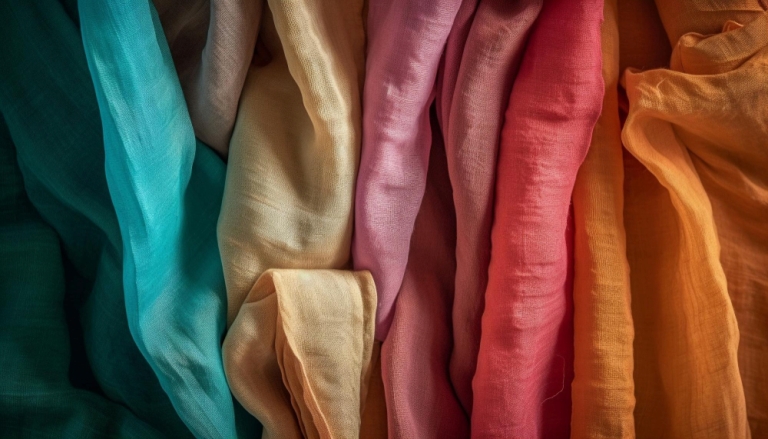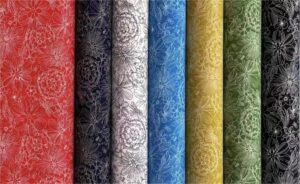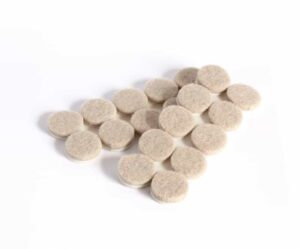Is Silk Eco-Friendly Enough for Fall?
Introduction
Fabric compatibility is crucial in fashion and sewing, influencing the final look and feel of garments. As sustainability becomes more important, understanding silk’s eco-friendliness for fall is key. This article explores silk’s environmental impact and its suitability for autumn attire.
Silk’s Eco-Friendliness: Yes or No?
Yes, silk can be eco-friendly for fall, but it depends on production methods. Silk is a natural fiber, biodegradable, and renewable. However, traditional production can be resource-intensive. Eco-friendly silk options, like peace silk or organic silk, offer a more sustainable choice.
Key Factors
- Texture and Weight: Silk’s smooth texture and light weight make it ideal for layering in fall.
- Breathability: Silk is breathable, keeping you comfortable in fluctuating temperatures.
- Care Requirements: Silk requires gentle care, typically hand washing or dry cleaning.
- Durability: Properly cared for, silk is durable, making it a lasting addition to your wardrobe.
Fabric Properties Comparison Table
| Property | Silk (Natural) |
|---|---|
| Fiber Content | Natural |
| Weight and Thickness | Light to Medium |
| Breathability | High |
| Stretch and Elasticity | Low |
| Wrinkle Resistance | Moderate |
| Care Instructions | Hand wash/Dry clean |
| Durability | High with care |
Benefits of Silk for Fall
- Enhanced Texture and Visual Interest: Silk’s sheen and smoothness add elegance to any outfit.
- Improved Comfort: Its natural temperature-regulating properties keep you comfortable.
- Better Drape and Movement: Silk flows beautifully, enhancing garment silhouette.
- Cost-Effectiveness: While initially expensive, silk’s durability offers long-term value.
- Seasonal Versatility: Lightweight yet warm, silk adapts well to autumn’s variable weather.
- Design Possibilities: From blouses to scarves, silk’s versatility in design is unmatched.
Potential Challenges
- Care Requirements: Silk’s need for gentle washing can be inconvenient.
- Texture Clash: Pairing with rougher fabrics can cause pilling.
- Seam Puckering: Silk’s delicacy requires careful sewing techniques.
- Color Fading: Silk dyes can fade; choose high-quality dyes or prints.
- Solutions: Use gentle detergents, sew with fine needles, and store silk away from sunlight.
Sewing & Styling Tips
- Sewing Techniques: Use a fine needle (size 60/8 or 70/10) and silk thread for best results.
- Interfacing Needs: Lightweight interfacing maintains structure without adding bulk.
- Seam Finishing: French seams or serging prevent fraying.
- Pattern Selection: Choose designs that highlight silk’s drape, like flowing dresses or blouses.
- Styling Ideas: Layer silk tops with chunky knits for a chic fall look, or use silk scarves for a pop of color.
Care & Maintenance Guide
- Washing Instructions: Hand wash in cold water with mild detergent.
- Drying Recommendations: Lay flat to dry, away from direct sunlight.
- Ironing and Steaming: Use a low-heat iron with a pressing cloth.
- Stain Removal: Treat stains promptly with a gentle stain remover.
- Long-Term Care: Store silk in a cool, dry place, away from direct light.
FAQ Section
-
Can you wash silk and other fabrics together?
It’s best to wash silk separately to prevent damage and color bleeding. -
Will silk shrink more than other fabrics?
Silk can shrink slightly; always follow care instructions. -
What needle size should I use for sewing silk?
Use a fine needle, size 60/8 or 70/10, for delicate fabrics like silk. -
Can you mix silk with other fabrics in one garment?
Yes, but ensure compatible care requirements and similar weights. -
How do you prevent pilling when combining silk with other fabrics?
Pair silk with smooth fabrics and avoid rough textures. -
Is it okay to use silk for upholstery?
Silk is not ideal for heavy-use upholstery due to its delicacy. -
What’s the best way to finish seams with silk?
French seams or serging are recommended to prevent fraying.
By understanding silk’s eco-friendliness and how to care for it, you can incorporate this luxurious fabric into your fall wardrobe with confidence.



Leave a Reply